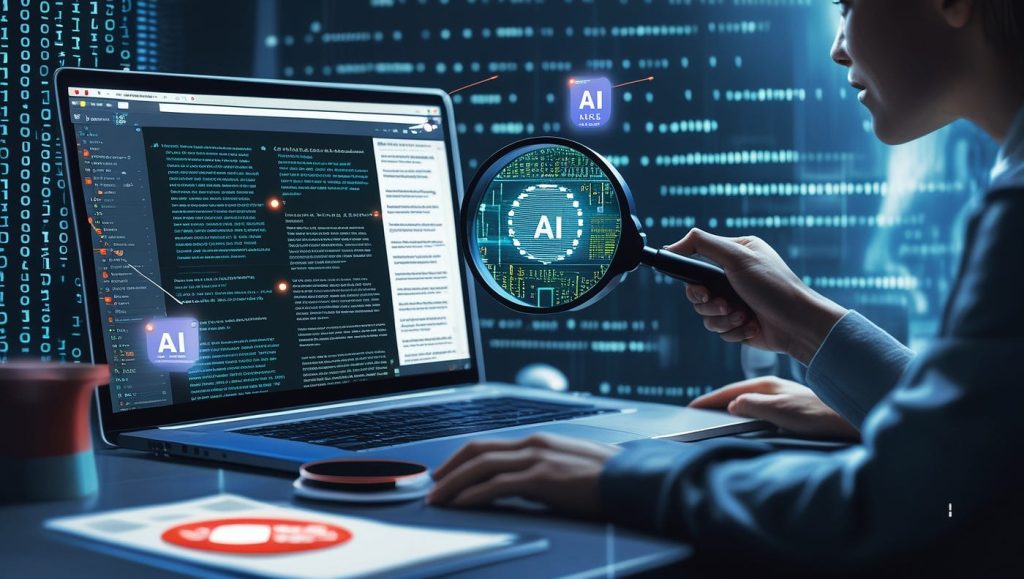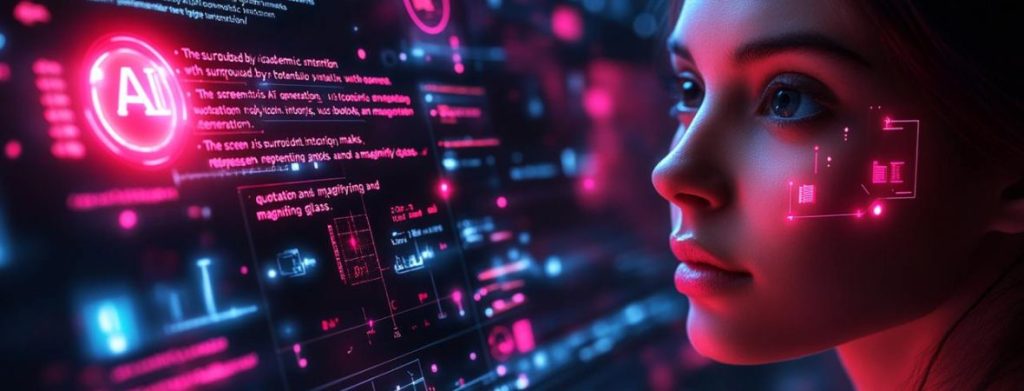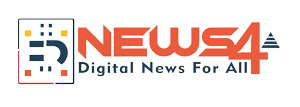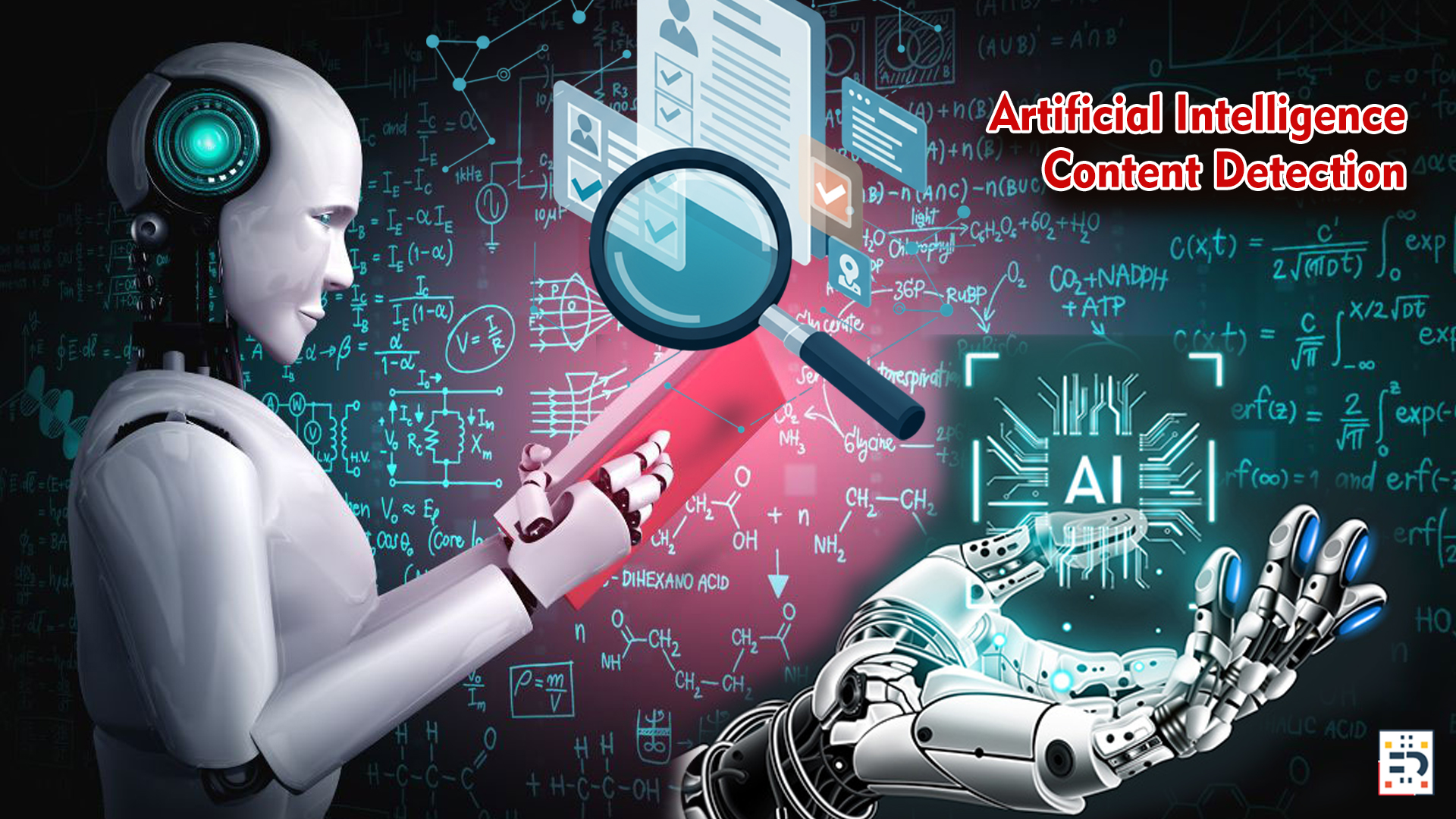The rapid proliferation of Artificial Intelligence (AI) in content generation has ignited a new frontier in the digital world: AI content detection. In the United States, this evolving technology is becoming increasingly critical across various sectors, from education and journalism to marketing and intellectual property. As AI models become more sophisticated, the challenge of discerning human-authored text from machine-generated content grows, prompting an urgent need for effective detection mechanisms and a thoughtful consideration of their societal implications.
The Rise of AI-Generated Content and the Need for Detection in the US
Generative AI, exemplified by large language models (LLMs) like ChatGPT, Gemini, and Claude, has revolutionized content creation, enabling businesses and individuals to produce vast quantities of text, images, and even audio at unprecedented speeds. While offering immense benefits in terms of efficiency and scalability, this technological leap also brings significant concerns for US organizations and individuals, particularly in states like California, Massachusetts, Connecticut, New Jersey, and Rhode Island:
- Academic Integrity Solutions: In American educational institutions, from California universities to Massachusetts K-12 schools, AI-generated essays and assignments pose a serious threat to academic honesty. Schools across the USA are actively seeking AI plagiarism checkers for students, with specific challenges emerging in densely populated academic hubs like Boston, MA, and New Haven, CT.
- Combating Misinformation in the US: The ability of AI to create highly convincing but entirely fabricated content presents a powerful tool for spreading misinformation and disinformation, with potentially grave consequences for public discourse and trust, particularly during US elections and national events. This is a growing concern for news outlets in New York and Washington D.C. that serve a national audience.
- Intellectual Property and Copyright Protection: Questions abound regarding the ownership and originality of AI-generated works, particularly when trained on vast datasets of copyrighted material. Detecting AI involvement becomes crucial for addressing potential infringement within US copyright law. The U.S. Copyright Office is actively exploring these complex issues. Legal firms in California’s Silicon Valley and New York City are frequently engaged in these discussions.
- SEO and Content Quality for US Businesses: For businesses, the influx of AI-generated content can dilute the quality of online information, making it harder for search engines to identify and prioritize valuable, human-curated content. Google’s stance emphasizes helpful and original content, regardless of creation method, but low-quality, mass-produced AI content is often penalized in US search rankings. Google’s own guidelines on AI-generated content provide further insight. Marketing agencies in Los Angeles, CA, and Jersey City, NJ, are particularly focused on maintaining content quality.
- Authenticity in US Journalism and Media: Maintaining trust in news and reporting becomes challenging when AI can easily fabricate articles, deepfakes, and manipulated media. This impacts American media credibility and is a key area of focus for media organizations in Rhode Island and other East Coast states.

How AI Content Detection Works for American Users
AI content detection tools leverage advanced machine learning (ML) and natural language processing (NLP) techniques to identify patterns indicative of AI generation. These methods often include:
- Linguistic Pattern Analysis: Analyzing writing style, sentence structure, vocabulary choices, and grammatical regularities that might differ from typical human variation. AI-generated text often exhibits lower “burstiness” (less variation in sentence length and structure) and a more formal, sometimes monotonous, tone.
- Statistical Fingerprinting: Comparing the input text against vast datasets of known human-written and AI-generated content to identify statistical anomalies and predict the likelihood of AI origin.
- Coherence and Consistency: AI models can sometimes struggle with maintaining deep, nuanced arguments, leading to shallow analysis, logical inconsistencies, or factual inaccuracies, especially when dealing with complex or real-time information.
- Absence of Human Elements: Lack of personal anecdotes, typos (unless intentionally introduced), unique stylistic quirks, or deep emotional resonance can be indicators of AI authorship.
Leading AI content detection software popular in the USA include Originality.ai (you can find more about their pricing and features here), GPTZero (explore reviews and functionality), Copyleaks AI Detector (learn about their features and accuracy), Grammarly AI, QuillBot, and Winston AI. Each offers varying levels of accuracy and features, with some excelling at flagging fully AI-generated content while others are more adept at identifying human-edited AI. Many of these offer free AI content checker trials or AI text detection demos for US businesses and individuals, from tech startups in San Francisco, CA to educational institutions in Providence, RI.
Challenges and Limitations of AI Detectors in the USA
Despite advancements, AI content detection faces significant challenges for American users:
- Evolving AI Capabilities: Generative AI models are constantly improving, becoming more adept at mimicking human writing styles, making detection a continuous cat-and-mouse game. AI “humanization” tools specifically designed to evade detectors are also emerging.
- False Positives and False Negatives: Current detectors are not 100% accurate, leading to the risk of misclassifying human-written content as AI-generated (false positives) or failing to detect AI-generated content (false negatives). This has serious implications, especially in US academic integrity cases across Massachusetts and Connecticut, and in legal contexts in New Jersey. Leading academic tools like Turnitin’s AI writing detection emphasize the need for human judgment.
- Ethical Concerns in AI Detection: The use of AI detectors raises ethical questions around privacy, potential bias in algorithms (e.g., flagging non-native English speakers’ writing more often), and the potential for wrongful accusations. The legal implications of basing disciplinary action solely on AI detection results are also a growing concern for US legal firms and HR departments, particularly in states with strong privacy laws like California.
- Lack of Universal Standards: There’s no single, universally accepted standard for AI content detection in the USA, leading to varied results across different tools. This creates inconsistencies for businesses operating nationwide.

Targeting the USA Local Market for AI Content Detection Services
To effectively reach and generate traffic from the US market, especially for local businesses and institutions, incorporating geographically specific keywords is crucial. While “AI content detection” isn’t a “local shop” service, organizations within various US cities, states, and regions require these solutions.
Applications in the USA Market
In the USA, AI content detection is being implemented across several sectors:
- Education Sector Solutions: US universities and K-12 schools are increasingly using tools like Turnitin and Grammarly with integrated AI detection features to combat plagiarism and encourage original thought. This is particularly prevalent in states like California, where large university systems are adopting these tools, and Massachusetts, home to numerous prominent educational institutions actively grappling with AI in academia. Connecticut schools are also exploring similar solutions.
- Publishing and Journalism Ethics: US media outlets and publishers are exploring AI detection to verify the authenticity of submitted content, combat fake news, and protect their intellectual property. This is crucial for maintaining trust with American readers, from the major media houses in New York to local news in Rhode Island.
- SEO and Digital Marketing Agencies: While Google doesn’t penalize AI content per se, it prioritizes helpful, original, and high-quality content. US SEO professionals and digital marketing agencies, especially in competitive markets like California and New Jersey, are using AI content detection tools to ensure that any AI-assisted content meets quality standards and avoids being flagged as spammy or low-value by Google’s algorithms.
- Legal and Regulatory Landscape: The U.S. Copyright Office is actively examining copyright law and policy issues related to AI-generated works. California has been a leader in introducing AI-related legislation, including laws addressing deepfakes and data disclosure (see more about California AI laws). Connecticut has passed laws related to deepfake revenge porn and data privacy in AI training (read about Connecticut’s AI laws). New Jersey is focusing on AI-driven bias in employment (details on New Jersey’s AI discrimination guidance). Massachusetts has seen recent developments regarding AI in lending and has proposed disclosure acts (explore Massachusetts AI legislation). Rhode Island is also actively developing its own AI Act, focusing on high-risk AI systems and algorithmic discrimination (learn about the Rhode Island AI Act). These state-level initiatives highlight the diverse and evolving regulatory environment across the USA.

The Future of AI Content Detection in America
The future of AI content detection in the USA is likely to be characterized by:
- Increased Sophistication: AI detectors will become more nuanced, employing advanced NLP and ML techniques to analyze deeper linguistic patterns, contextual understanding, and even subtle “watermarks” embedded by some generative AI models. This evolution will be driven by the rapid pace of AI innovation coming out of hubs like California’s Silicon Valley.
- Hybrid Approaches: A combination of technological detection and human oversight will be essential. US educators, editors, and content strategists in states like Massachusetts and Connecticut will need to develop critical evaluation skills to complement AI tools.
- Focus on Intent and Value: The emphasis will shift from simply identifying AI-generated content to assessing its intent, originality, and the value it provides to the American user.
- Regulatory Evolution: As the impact of AI-generated content becomes more apparent, the U.S. government and individual states like California, Massachusetts, Connecticut, New Jersey, and Rhode Island will likely see further development in regulations concerning transparency, disclosure, and accountability for AI-created media.
- Integration with Content Workflows: AI detection solutions will become seamlessly integrated into content creation and publishing workflows across US industries, providing real-time feedback and flagging potential issues before content is disseminated. Businesses in New Jersey and Rhode Island are actively seeking integrated tools for efficiency.
In conclusion, AI content detection in the USA is a dynamic and critical field, with specific nuances and legislative developments unfolding across states like California, Massachusetts, Connecticut, New Jersey, and Rhode Island. While challenges remain in achieving perfect accuracy and addressing ethical considerations, the ongoing advancements in detection technologies and the growing awareness of their importance underscore a collective commitment to preserving authenticity, combating misinformation, and upholding intellectual integrity in an increasingly AI-driven American digital landscape.


